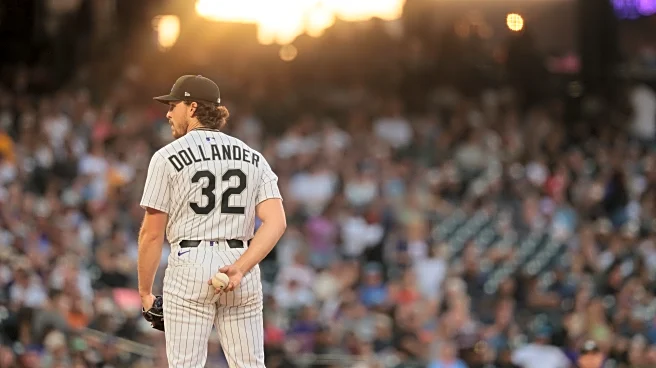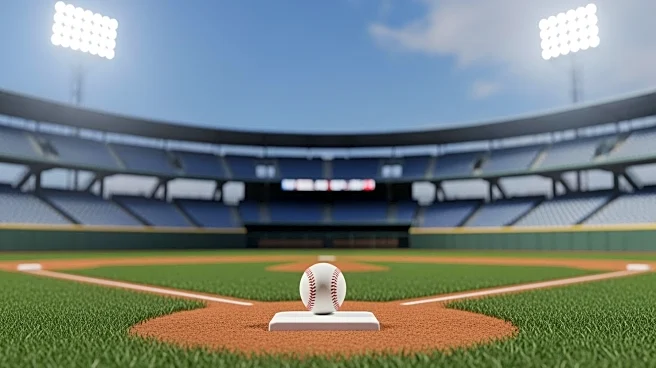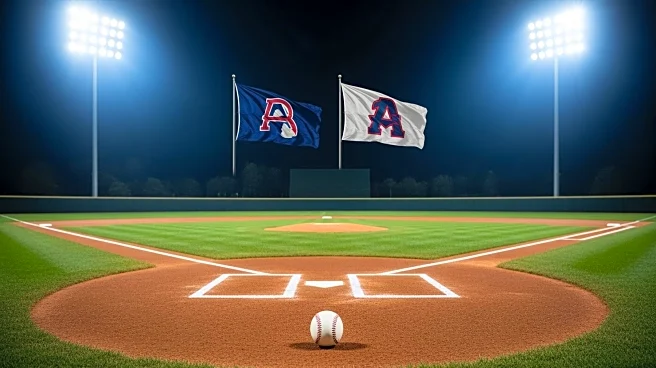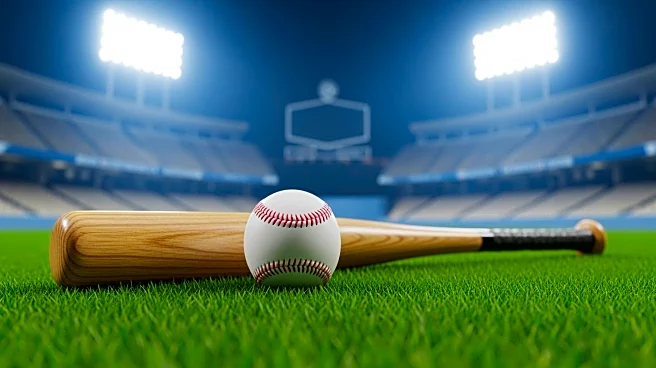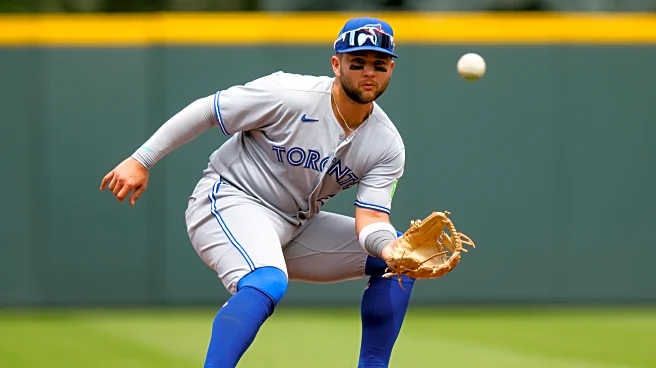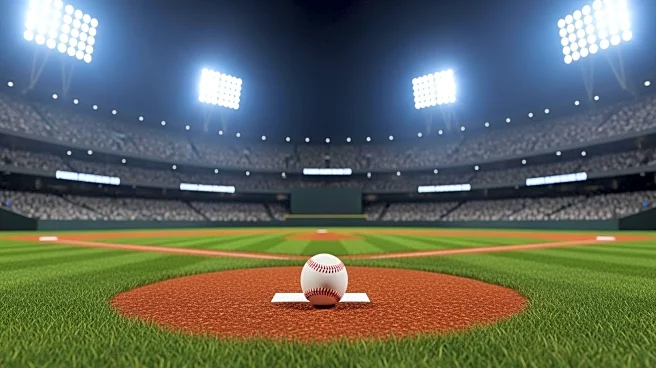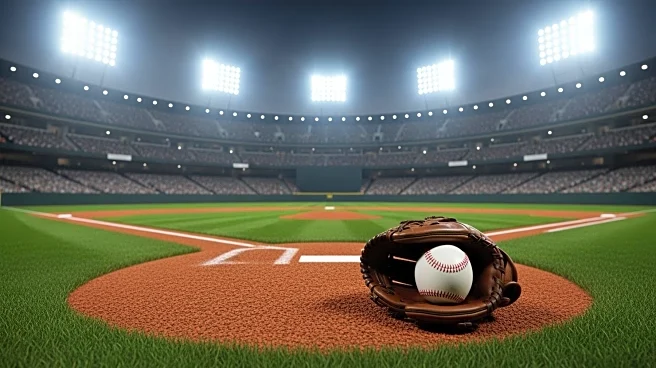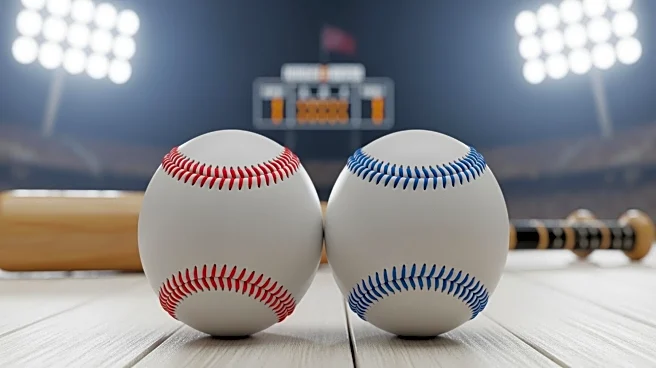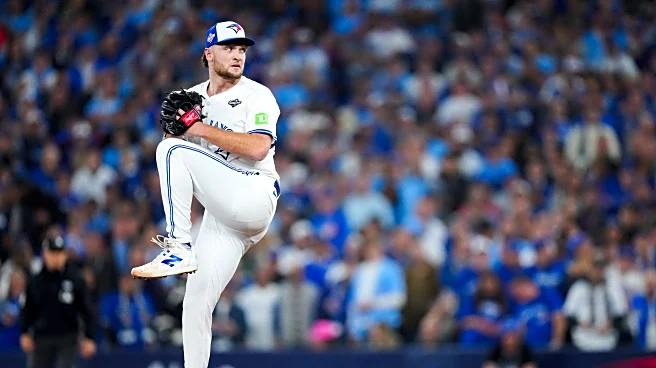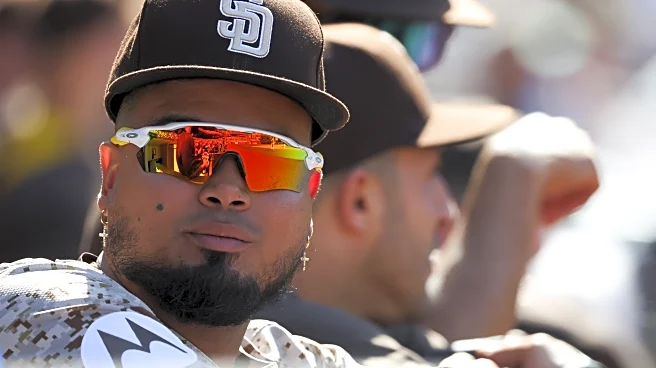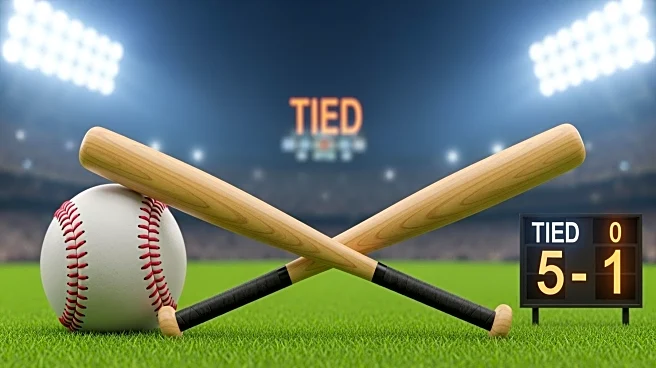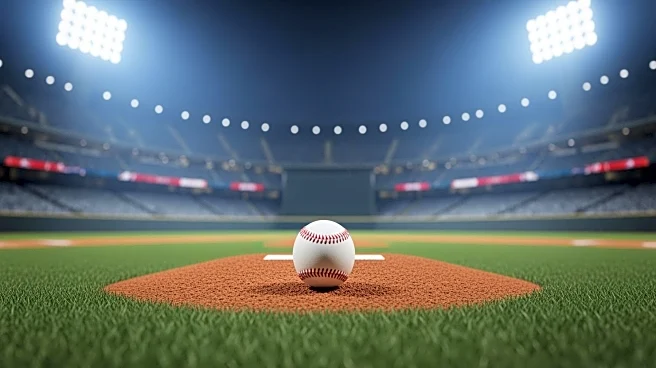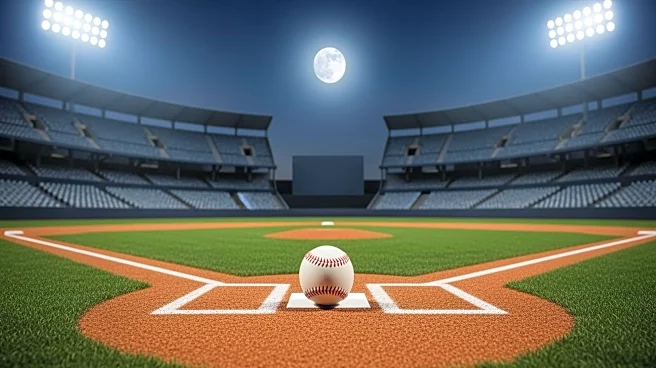Welcome to the 2025 edition of Ranking the Rockies, where we take a look back at every player to log playing time for the Rockies in 2025. The purpose of this list is to provide a snapshot of the player in context. The “Ranking” is an organizing principle that’s drawn from Baseball Reference’s WAR (rWAR). It’s not something the staff debated. We’ll begin with the player with the lowest rWAR and end up with the player with the highest.
No. 35, Chase Dollander (-0.3 rWAR)
Chase Dollander was selected ninth overall by the Colorado Rockies
in the 2023 MLB Draft out of the University of Tennessee. He rocketed his way through the minor leagues before eventually making his MLB debut on April 6 against the not-Oakland A’s at Coors Field.
It was a quick, and possibly rushed, ascent, but the 23-year-old made the most of his opportunity.
Dollander performed admirably in his debut, allowing four runs on seven hits with one walk and six strikeouts. Unfortunately, three of those runs came via two home runs – something that would plague the right-hander throughout his season.
In his first three outings, Dollander gave up a league-leading eight home runs. He also struck out 18 batters, though. Evan Lang chronicled his early-season struggles, noting that a lot of it was due to throwing a great fastball, but failing to locate it properly.
Dollander was not phased by his early season struggles, saying, “It’s me against execution.” This was after a game where he allowed just two runs (both home runs) to the San Diego Padres – the first starter in 2025 to hold the Friars to three or fewer hits while striking out seven. This was, of course, in the middle game of the Rockies’ notorious 31+ inning shutout streak in April.
Dollander had a strong mindset, but his early results showed ongoing physical struggles.
Dollander dealt with some forearm tightness early that landed him on the injured list from May 22-June 3. Upon his return, he pitched in seven more games and never pitched more than six innings. In fact, four of his next seven starts were four innings or less, and he was getting absolutely hammered.
Eventually, Dollander was optioned back to Triple-A and spent some time with the ACL Rockies where he visited the Rockies’ pitching lab in Scottsdale.
He returned to the big leagues on August 11 and stayed up until he sustained a strained patella on September 13 against the Los Angeles Dodgers. The worst part about that injury was that it was in the middle of arguably Dollander’s best start of the year. He pitched toe-to-toe with Tyler Glasnow, throwing dueling no-hitters until Dollander finally gave one up in the fifth inning to Michael Conforto. Glasnow was lifted in the eighth inning, and the Dodgers’ combined no-hitter would end in the ninth inning when Ryan Ritter doubled (and then rolled his ankle diving back to second base).
In his final outing, Dollander threw five innings of one-hit, one-run baseball while walking two and striking out five. After an up-and-down season, it was a great note for the young righty to end on.
“[This season had] a lot of ups and downs, for sure,” Dollander said in September. “A lot of learning moments, and a lot of growing pains, I guess you could say. But most importantly, I took a lot of positives from it. If you focus on all the negative stuff, you’re not going to get too far. So trying to be positive about it, knowing I ended on a good note. I finally started to feel like I was making some ground on some stuff, and I’ve got to take that into the offseason and into next season.”
The biggest challenge for Dollander going forward will be to figure out how to pitch at Coors Field. At home, he pitched 46.0 innings and posted a 9.98 ERA and 1.98 WHIP. Away from Coors Field, he pitched 52.0 innings and posted a 3.46 ERA and 1.17 WHIP. He allowed 51 earned runs at Coors, compared to 20 on the road.
Thomas Harding reported that Dollander has reached out to Scott Oberg, who is working with the team as a pitching coordinator, as well as former pitcher Aaron Cook, who has been spending time with the Rockies here and there over the last few years. During the season, Dollander leaned on Kyle Freeland, who has pitched at altitude his whole life.
Dollander has the tools to be successful at the MLB level, he just has to figure out how to close his home-road gaps so he can be the “problem” he intends to be.
